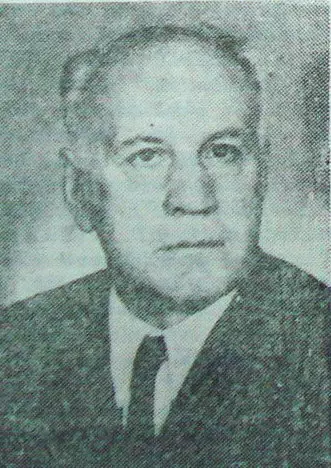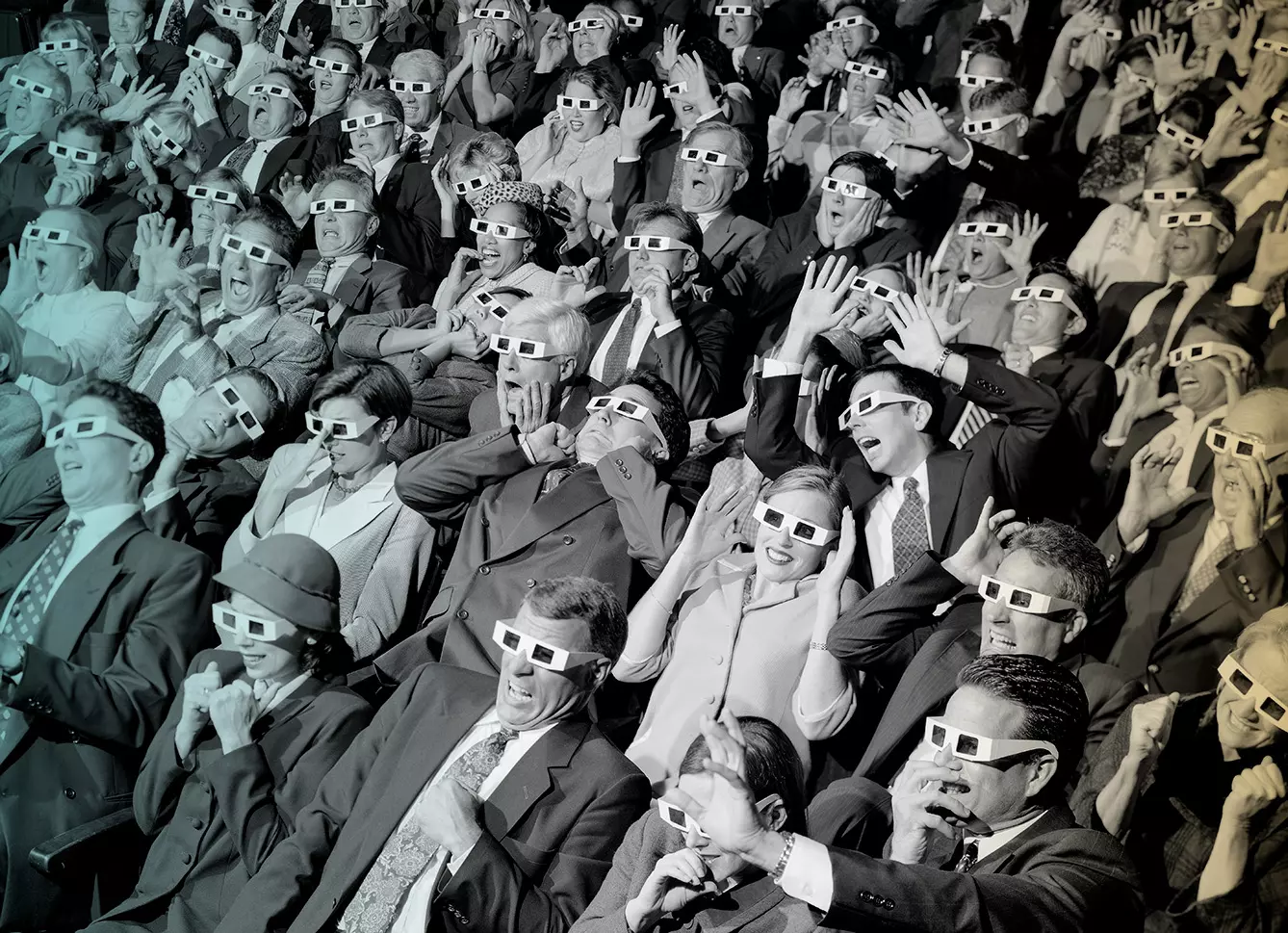In September 2022, Romania celebrated Cinema Day for the first time. On this occasion, many people of all ages took advantage of the promotional cheaper tickets to watch 3D movies. But if you were to ask me, I’d say it should have been free. Why, you may wonder? Because the three-dimensional movies we have today on the big screen are the result of the work of Romanian physicist Theodor Ionescu.
3D images came to life in 1938 when they were invented by Sir Charles Wheatstone. However, the ones we know of today and the ones we are most familiar with made their debut on the big screen thanks to the visionary mind of a physicist, Theodor Ionescu, who owns the patent for 3D images in TV and cinema. He was the one who created, probably without even knowing, one of the world’s biggest entertainment industries.

Theodor Ionescu: Romania’s bright mind
Theodor was a bright mind and one of Romania’s most famous physicists. And while you may think, due to their large usage, that his greatest achievement was bringing three-dimensional images to TV and cinema, you’re far from being right. His inventions and contributions know no limits and are in use all over the world. You can find them everywhere. More precisely, in your kitchen.
Ionescu was the first to build a precursor to the high-power, multi-cavity magnetron installation that is today found in microwave ovens and other particle generators. And don’t you sometimes wish to make your voice heard? And I mean that quite literally. In Theodor’s world in the mid-1920s, this was possible anywhere, everywhere, with no additional power source other than a heated object. The scientific basis for this heat-generated microphone was thermionic currents, and you guessed it, it was Ionescu who invented it.
Beyond microwave oven
Many of his other inventions are quite difficult, if not impossible, for the untrained eye to comprehend. Wrapping one’s head around the costs and implications of Ionescu’s inventions is no easy task. A master in physics with a strong interest in nuclear fusion and plasma physics, Professor Ionescu had always been way ahead of his time. Some of his contributions from 100 years ago are still relevant to this day.
In 1964, the Nobel Prize in physics was presented to Townes, Nikolay Basov, and Alexander Prokhorov for their contribution toward the theoretical work leading to MASER – microwave amplification by stimulated emission of radiation, a device used today in domains such as spacecraft communication on soil, radio telescopes, and atomic clocks. Not many know that the first Maser studies were, in fact, conducted by Professor Ionescu and Physician V. Mihu in Bucharest in 1946. Together, they created the very first prototype of the MASER years before its official launch in 1953.
Ionescu may not have been a Nobel Laureate himself, but he was a State Prize laureate, an award presented to him by the Romania authorities in 1962, and his works, the result of years of studies, containing some of the most important theories and principles, have been presented in Paris by famous Nobel laureates.
Professor Ionescu lived every day of his 89 years on this Earth serving the world, be it through his extremely used inventions, his pioneer work, or his contributions to the academic community.
You may be also interested in our article about the World’s First Jet Engine







